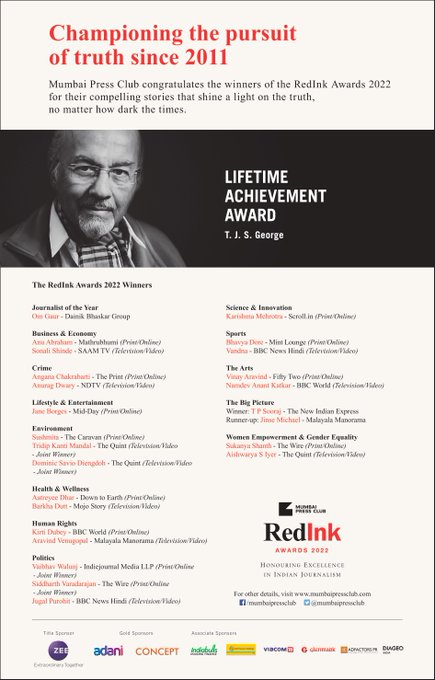The extract of Ramphal leaves is effective against various insect and pests like, pod borer, Helicoverpa armigera, fall armyworm, spodoptera frugiperda, larvae, and green peach aphids.
Sarvesh Prabhu, a 17-year-old research intern at the International Crops Research Institute for the Semi-Arid Tropics (ICRISAT), represented India at the International Science and Engineering Fair in Atlanta, USA and won the third prize in the biochemistry category. He was awarded $1,000 for developing a cost-effective bio-insecticide from the leaves of bullock’s heart, Annona reticulata, popularly known as Ramphal.
When asked what led him to such a discovery, he said, “During the lockdown, my sister did gardening as a hobby. All of our plants were getting eaten by insects before they could grow, resulting in a terrible harvest. While my sister wanted to use chemical insecticides, I was absolutely against them, which led me to find botanical insecticides as an alternative. Ramphal grows in our garden, and we noticed that it flourished when all other plants were struck by pests. Thus, began my project in the middle of the pandemic.”
The extract of Ramphal leaves is effective against various insects and pests like pod borer, Helicoverpa armigera, fall armyworm, Spodoptera frugiperda, larvae, and green peach aphids. Ramphal leaves were tested in a lab. The results showed a mortality range of 78-88 per cent.
He said, “One of my main goals was to make it cost-effective and easy to manufacture by the farmer themselves. The preparation process of the insecticide is simple and easy. The Ramphal tree is also commonly found across India. This botanical product is several times cheaper than most insecticides in the market.”
About winning the prestigious prize, he said, “It was truly a pursuit that I cannot forget. More than the prize, the journey was impactful. The friends I made, the knowledge I gained from previous research papers, and the skills I acquired from the experts at ICRISAT are invaluable.”
newindianexpress.com
